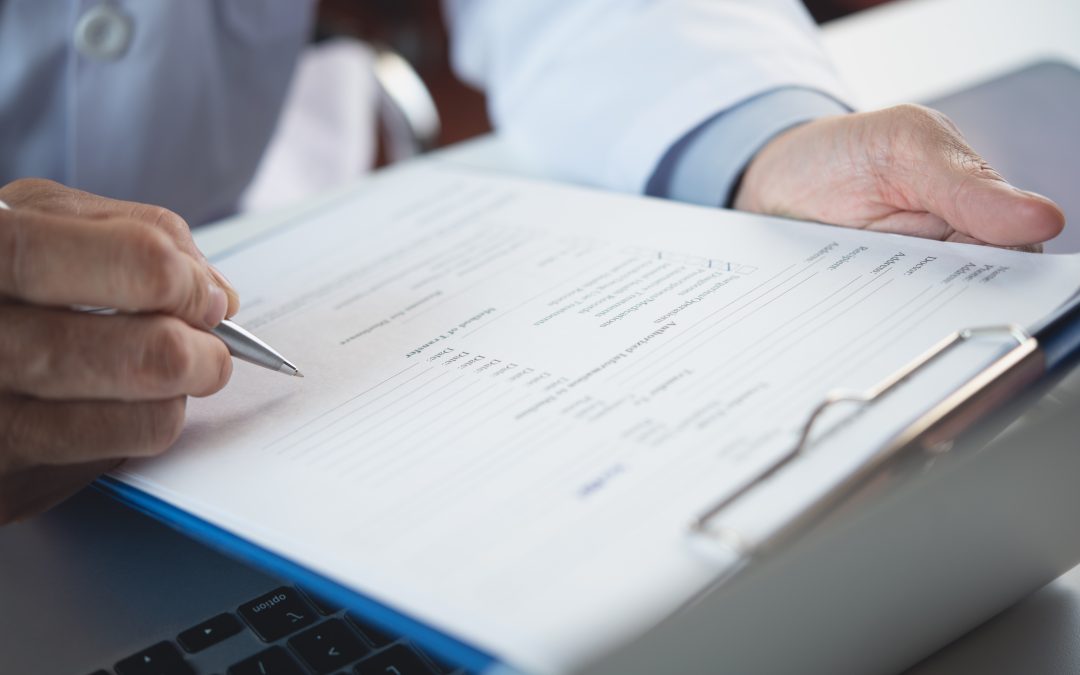As large language models accelerate clinical research and assist with tasks such as medical writing, language AI is also rapidly appearing in the day-to-day administration of health care, alleviating strains on facilities that can quickly shift from heavy to dire in the face of unforeseen events like the 2020 pandemic. This week brings news that Teladoc and Microsoft are betting on the power of AI-assisted communications to alleviate many such burdens known for driving clinicians out of the medical professions – namely, tedium and paperwork. The upshot of the effort, continuing collaborative efforts that first saw the combination of Teladoc’s virtual care platform Solo and Microsoft Teams in 2021, may also include a silver lining for more than just clinicians: eliminating along with their time spent in handwriting the eye strain familiar to most of us who have tried to decipher what has been written and handed to us on a prescription slip.
Reuters reports, Teladoc is moving to incorporate the powerful speech-to-text AI of Microsoft’s Nuance Dragon Ambient eXperience into its platform, enabling the automatic capture and transcription of entire patient-clinician encounters for the clinician to then review and confirm. As well as making doctors’ lives much easier at a time that finds facilities suffering from “attrition caused by pandemic fatigue,” reducing the time and energy spent on rote paperwork can help keep caring for patients front and center, reducing the likelihood of clinical errors and accidents. Interestingly, these developments highlight the achievements and collaborations of not just two but three major tech groups. As we have noted previously, Microsoft has been working with OpenAI’s GPT technology since the GPT-3 phase of its development in the early period of the pandemic, with a strong focus on linguistic applications for the medical sphere across the pre-clinical to post-launch sphere of medical innovation.
It remains to be seen if Teladoc and Microsoft’s collaboration extends these capabilities in one or multiple languages, but the diversity of the domestic and global patient populations suggests a vast demand for solutions that can capture the patient voice – literally and figuratively – regardless of cultural and linguistic background. For diverse clinical trials actively aggregating encounters with patients across linguistic and geographic borders, the ability to automate transcription in multiple languages could greatly expedite the capture of data. The need for high-quality translation and localization, however, remains very much intact. With the support of a dedicated language services provider, much of the rote use of resources collecting and communicating information could potentially be reallocated to conducting clinical trials effectively across across language barriers. In short, the easier trials are to execute, the better they are primed for conducting on a more complex and diverse basis.
CSOFT Health Sciences, leaders in clinical trial localization, provides AI/ML-enabled medical translation services for all phases of the drug and medical device product lifecycle, from development to post-launch. We also specialize in eCOA documentation including linguistic validation and are capable of supporting CTD/eCTD submissions with the FDA, EMA, and NMPA. Our language and technology supported solutions help to improve patient diversity in clinical trials. Our operations are certified in ISO 17100:2015, ISO 9001:2015, and ISO 13485:2016, ensuring our customized solutions meet the rigorous regulatory requirements of MMA, NDA, CTA, and Medical Device Application submissions.
